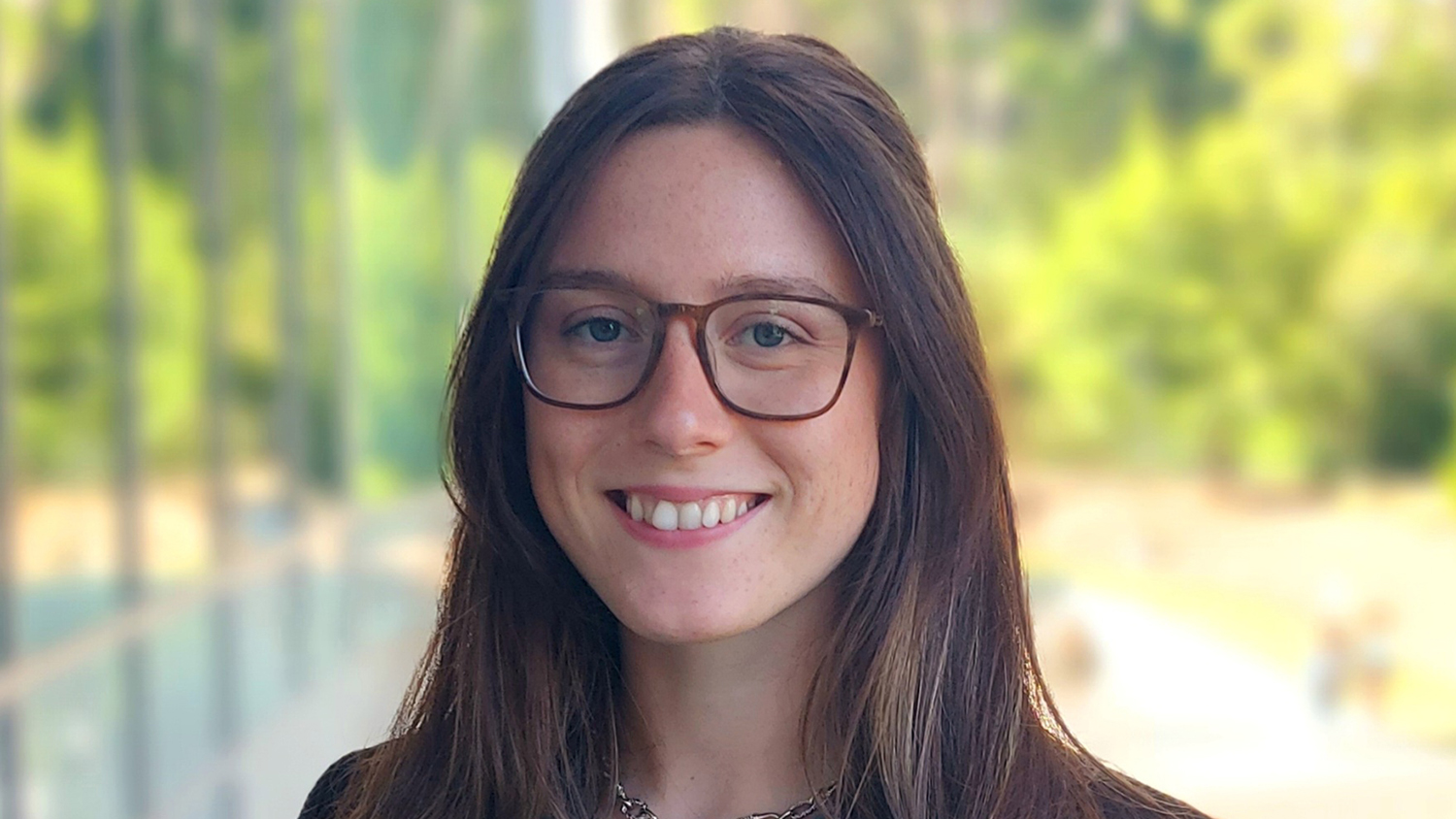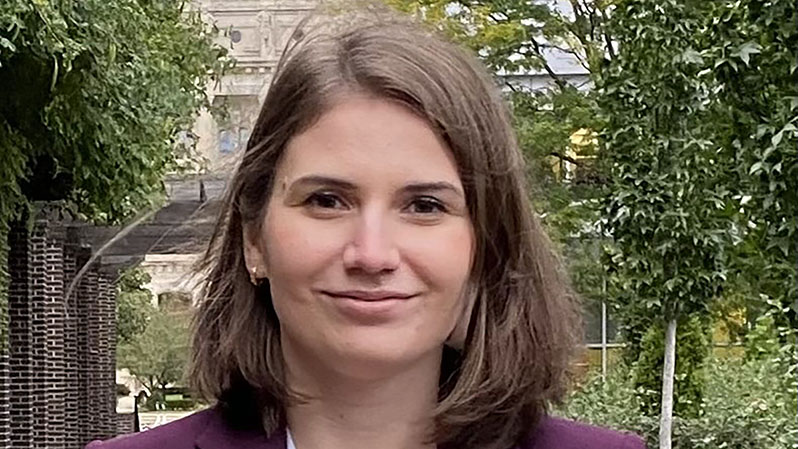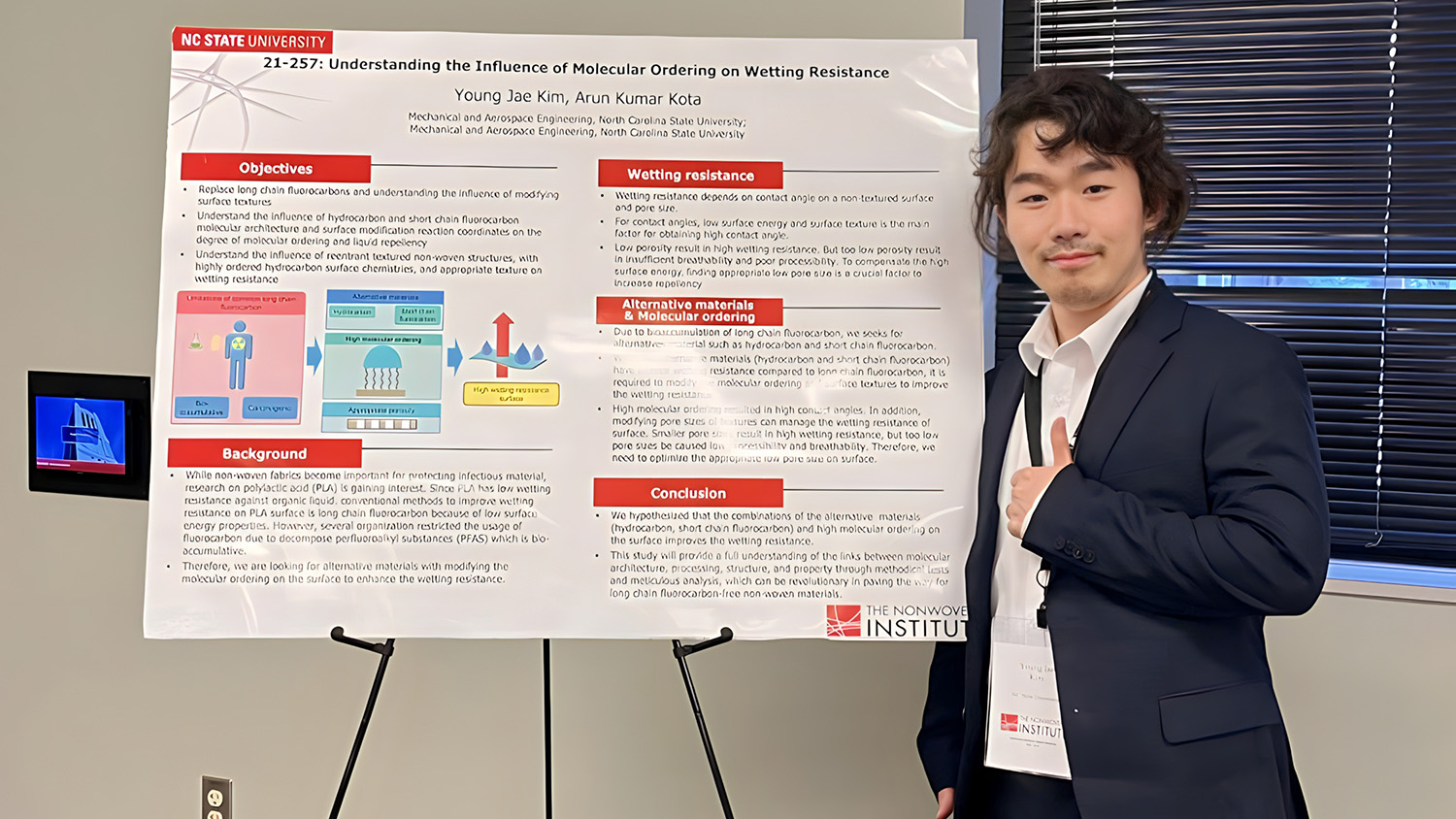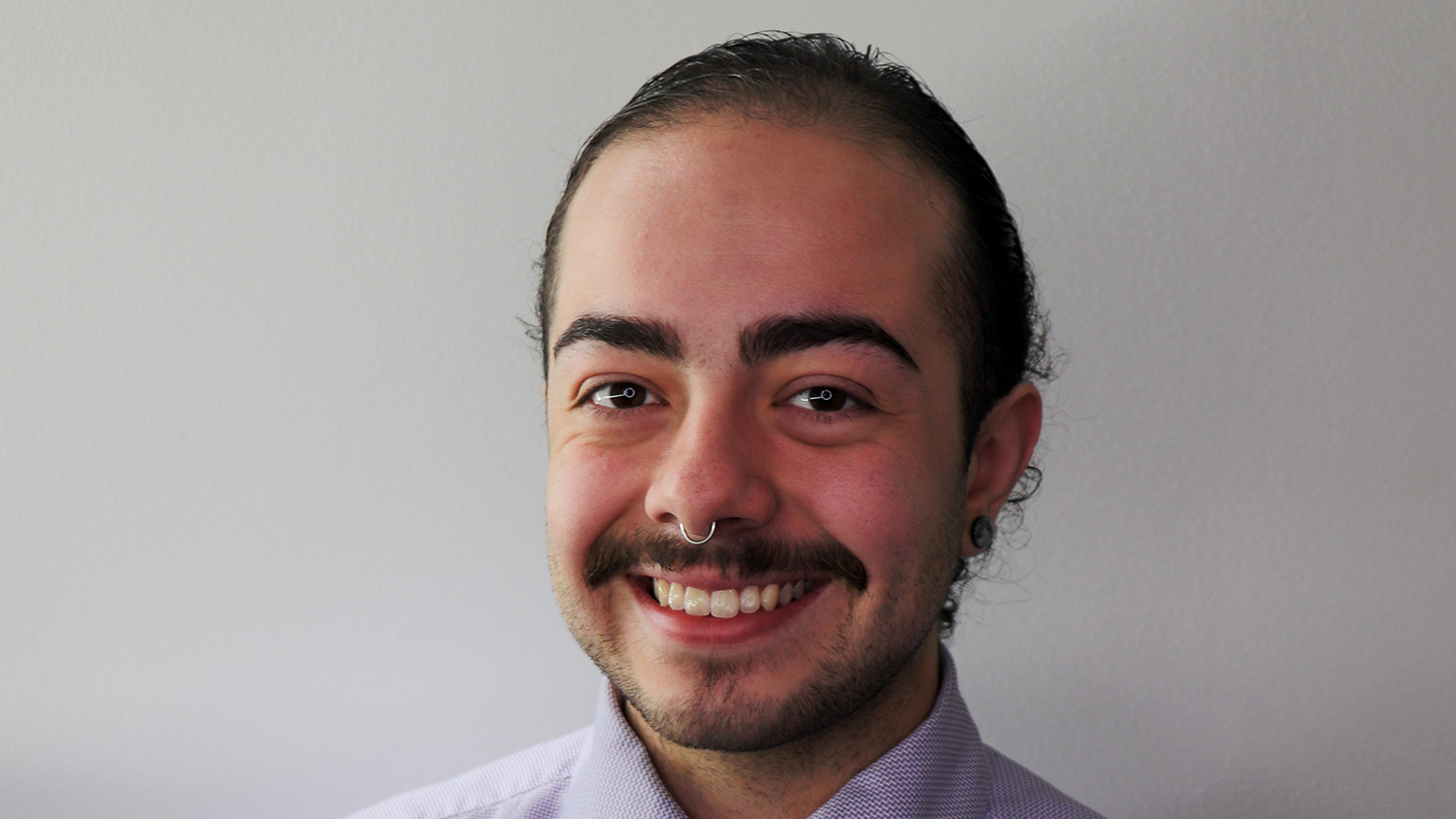Sophie Nunno-Gorbachev
Degree Type: Ph.D.
Graduation Year: 2023
Department/School: Wilson College of Textiles, NC State University
Program: Textile Technology Management
Research Project: Direct-to-Textile 3D Printing
Professor/Faculty Advisor: Dr. Behnam Pourdeyhimi, NWI/NC State University
How did you come to have an interest in nonwovens?
I had the opportunity to attend NC State University and study textiles for my undergraduate degree, during which I was introduced to nonwovens as “highly engineered textiles.” Through my graduate studies, I saw how the nonwovens industry channels aspects of textile production from polymer to fiber to fabric to solve some of the greatest challenges on our planet. I have worked on nonwoven projects for applications in filtration, medical textiles, and apparel; through these experiences, I was able to see how the nonwovens industry solves complex problems using the fields of polymer science, textile engineering, and new product development.
Why are your research/findings particularly important/compelling for nonwovens applications?
The objective of my NWI research project was to develop a better understanding surrounding direct-to-textile 3D printing, to investigate 3D-printed structures and prototypes, and to study the interaction between 3D-printed parts and fabric.
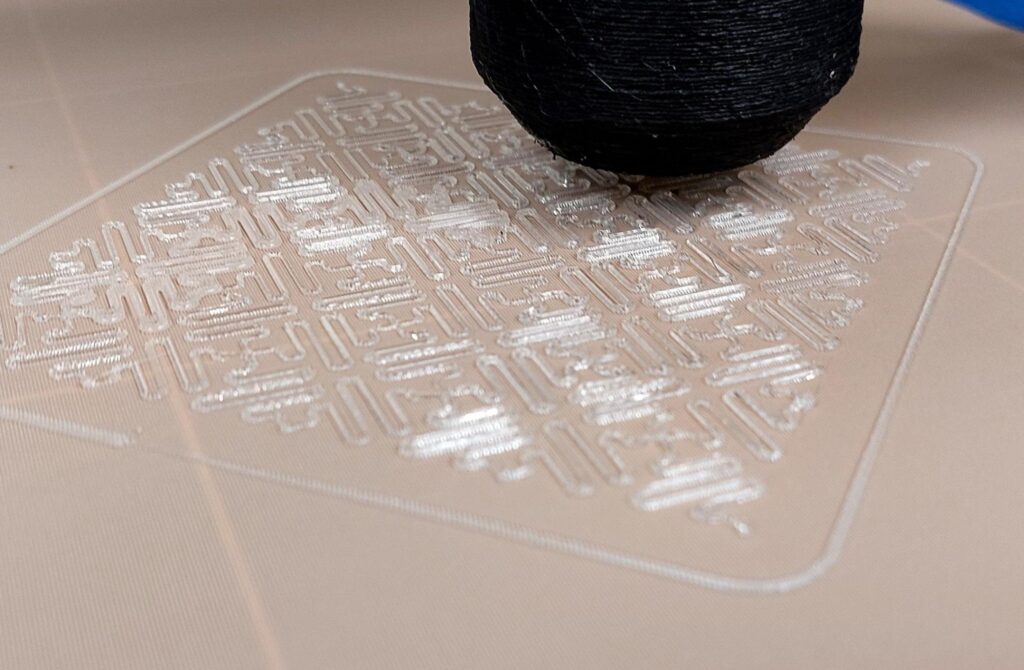
Current pre-production and manufacturing processes present limitations, such as complications with materials management, significant fabric waste, and slower-than-ideal manufacturing times. The implementation of additive manufacturing may allow for design specifications to be printed directly onto a fabric, reducing material waste, simplifying the sourcing process, and streamlining manufacturing.
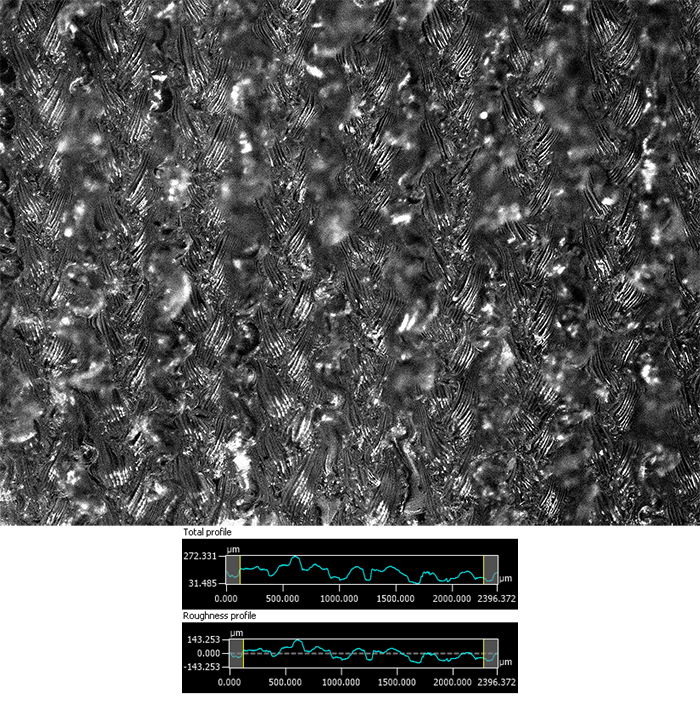
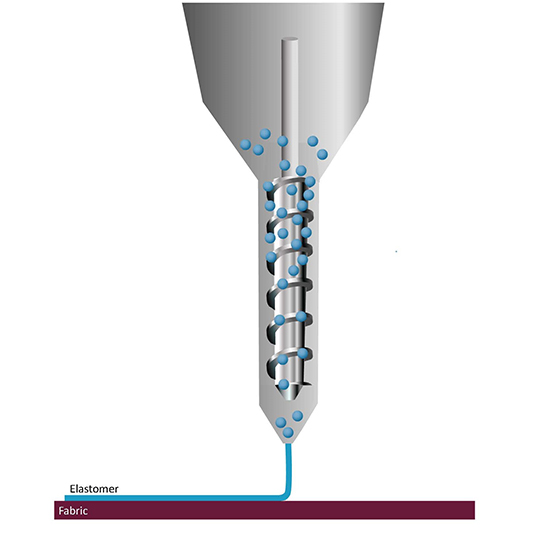
Where do you see yourself upon completion of your studies?
During my time in The Nonwovens Institute, I was able to see industry and academia cooperate to solve mission-critical problems through the creation of innovative science-driven, and market-ready technology. I want to bring this collaborative mindset and workflow to the adjacent textile and apparel industry with my recent textile-industry start-up, Fibonix, through the precise use of science-based tools, inventive design, and crystal-clear analytics.
When you are not studying and doing your nonwovens research project, what are your personal interests, hobbies … any activities you would like to highlight?
In my free time, I enjoy spending time outside, working on sewing projects, oil painting, playing chess, and doing yoga.
For more information on how you can engage with NWI as a student researcher, visit our “For Students” page.
- Categories:
